SES-15 Satellite Overview
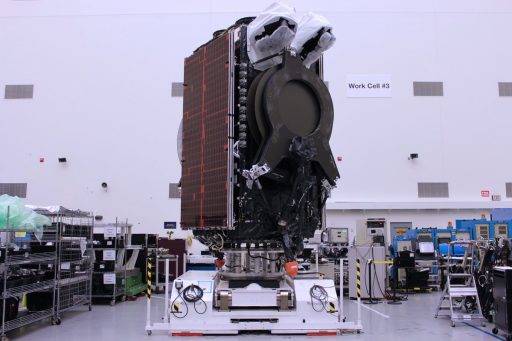
SES-15 is a commercial communications satellite operated by Luxembourg-based telecommunications provider SES and manufactured by Boeing Space Systems. Launching in 2017 atop a Soyuz rocket, the satellite is the first SES hybrid spacecraft equipped with 16 Ku-Band transponders and a 10GHz high-throughput payload to serve leading aeronautical customers, data-intensive corporate networks and government customers from a new orbital location of 129°W. The satellite also hosts a GPS augmentation payload funded by the U.S. government.
The 2,300-Kilogram satellite was originally booked as a lower-berth passenger on the Ariane 5 launch vehicle that typically ferries pairs of satellites into orbit – an upper slot passenger in the six-metric-ton range and a smaller satellite hidden under the launcher’s Sylda adapter with a mass of two to three metric tons. The switch was made in late 2016 to decongest Arianespace’s growing manifest of lower passenger payloads and move forward in a long line of satellites awaiting liftoff.

Soyuz conducted its first Geostationary Transfer Mission from the Guiana Space Center earlier in 2017 with the Hispasat 36W-1 satellite that also moved from Ariane 5 to the Russian workhorse, but had a higher launch mass of 3,220 Kilograms, pushing the Soyuz ST-B/Fregat-MT combination to its limits. With a launch mass of 2,300kg, SES-15 uses the slightly less powerful Soyuz ST-A rocket and smaller Fregat-M for its delivery to a nominal Geostationary Transfer Orbit.
SES-15 will be located in a new orbital location to serve North America, Latin America and the Caribbean. The satellite’s communications payload has been optimized for data-intensive applications such as aeronautical connectivity for flights over the continental U.S. and Canada, government communications, VSAT networks (Very-Small Aperture Terminals) and maritime services.

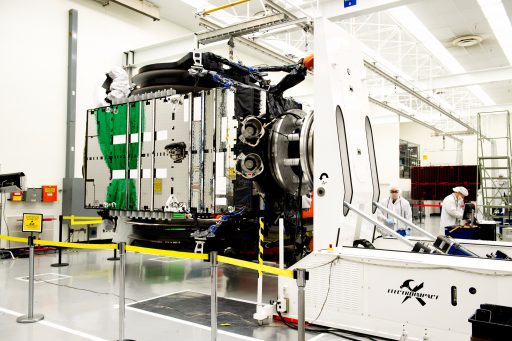
The SES-15 satellite sports 16 Ku-Band transponders (36MHz equivalent) and a high-throughput Ka-Band payload, combining wide beam coverage over North America and high-throughput spot beams that cover the same area from Hawaii & Alaska to the eastern tip of Newfoundland.
SES-15 is one of three hybrid wide beam and high-throughput satellites to deliver optimized and flexible global coverage for a number of leading in-flight connectivity and in-flight entertainment providers that have made long-term pre-commitments with SES for the realization of the three-satellite system.
The SES-15 satellite also hosts a Wide Area Augmentation System (WAAS) payload built by Raytheon and operated for the U.S. government under a 15-year contract. WAAS is a GPS augmentation system developed by the Federal Aviation Administration to improve the accuracy, integrity and availability of GPS-based navigation, allowing aircraft to rely on GPS in all phases of flight including precision approaches and enabling improved traffic management.
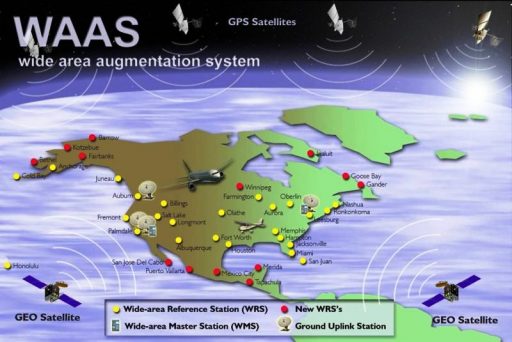
Precision application of GPS signals for navigation at a high accuracy requires correction for a number of factors that can cause a slight variation of GPS signals. These include position-independent corrections for errors in the GPS Satellite’s instantaneous position and clock errors as well as position-dependent corrections for signal alteration by Earth’s ionosphere and atmosphere. A second group of corrections, known as slow corrections, include long-term satellite position and clock error estimates.
WAAS uses over 40 Wide-Area Reference Stations that constantly monitor the GPS signals across the U.S. and send data to three Wide-Area Mater Stations where correction messages are generated and transmitted to the WAAS satellites in Geostationary Orbit via four Ground Uplink Stations. The Geostationary Satellites then broadcast the correction messages to all WAAS-enabled GPS receivers in the coverage area with a total turnaround of under five seconds. The reference stations also monitor the WAAS signals to ensure the integrity of the correction signals at all times.
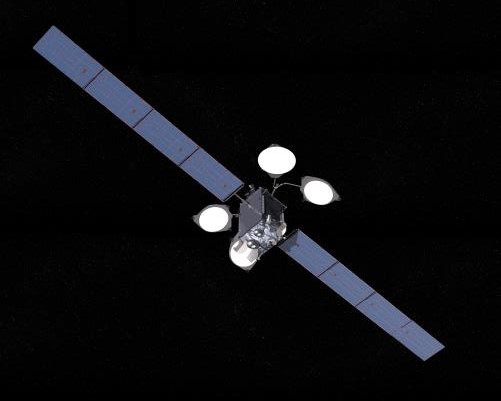
Per WAAS specifications, the system is required to deliver a position accuracy of 7.6 meters, however, practice has shown that the typical accuracy is better than one meter in the lateral direction and 1.5 meters vertically. Furthermore, WAAS signals need to be of extremely high integrity and the program’s specifications only allow for 3 seconds of bad data per year and the capability to recognize faulty data and deliver notifications to users within six seconds. Downtime of the system is limited to five minutes per year.
SES-15 is based on the BSS-702SP platform, the smallest in the 702 satellite bus series provided by Boeing. 702SP was inaugurated in 2012 and passed its Critical Design Review in May 2013 after which production was started. The satellite minimizes the larger 702HP and MP satellite buses and relies on an all-electric propulsion system which frees up volume for the satellite payload and reduces the mass of the satellite by eliminating a chemical propulsion system. The 702SP satellites support a payload power range from 3 to 8 Kilowatts.
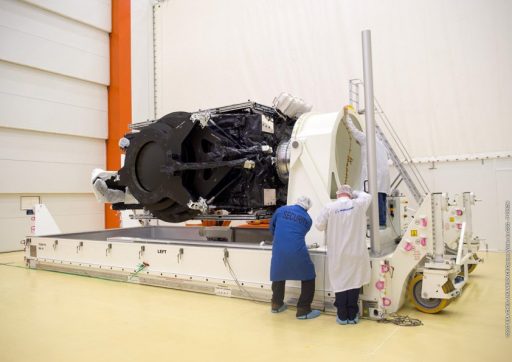
The 702SP satellite bus is about 4.6 meters tall and 2.1 meters wide with a typical launch mass of 1,800 to 2,500 Kilograms. The satellite consists of a central cylindrical structure that acts as the primary load-carrying element of the spacecraft. Aluminum honeycomb side panels are used to provide mounting structures for the various satellite systems. A modular approach is used to allow the standard bus modules to be integrated with the custom-made payload modules late in the assembly process and a separation between bus and payload thermal control systems increases the overall efficiently of the design. The 702SP bus can facilitate communication payloads with up to five antenna reflectors.
Electrical power is generated by two deployable solar arrays and stored in Li-Ion batteries with dedicated avionics conditioning the satellite power bus that supplies electrical power to the various bus systems, the electric propulsion system and the satellite payload. The satellites use a state of the art attitude determination and control system utilizing star trackers and Earth sensors for precise attitude determination and reaction wheels for accurate pointing.
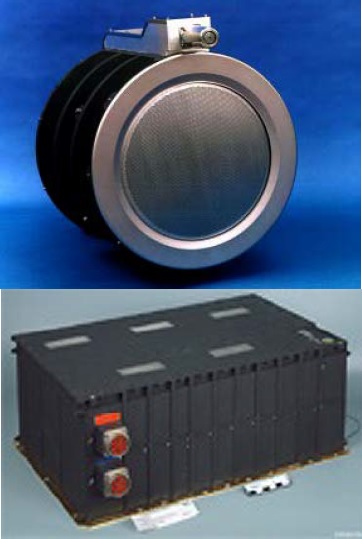
The 702SP satellite platform uses a pure electrical propulsion system that performs the insertion of the satellite from its transfer orbit into Geostationary Orbit, stationkeeping in the GEO slot and desaturations of the reaction wheels at regular intervals to manage wheel momentum.
XIPS, the Xenon Ion Propulsion System, has flown on numerous spacecraft and is ten times more efficient than the conventional chemical propulsion systems, the only disadvantage being the low thrust that can be achieved with the system leading to a longer time frame needed between launch and Beginning of Service. Ion thrusters generate thrust by accelerating ions through the use of an electric field and ejecting these ions at extremely high velocity creating thrust force propelling the spacecraft forward. Although ion thrusters deliver a very low thrust, they are extremely efficient and consume only a very small amount of propellant.
The method of ion acceleration varies between the use of Coulomb and Lorentz force, but all designs take advantage of the charge/mass ratio of the ions to create very high velocities with very small potential differences which leads to a reduction of reaction mass that is required but also increases the amount of specific power compared to chemical propulsion.
The XIPS-25 system used by the 702SP spacecraft consists of a central Xenon tank and four 25-centimeter ion thrusters. Required power varies between 1,300 and 4,500 Watts achieving a thrust of up to 165 Millinewtons and a specific impulse of 3,500 seconds. Two of the four thrusters are used as primary units at any given time and stationkeeping in Geostationary Orbit will require four burns for a total of about 30 minutes per day to maintain the satellite within a 0.01 degree stationkeeping zone which allows many satellites to be collocated in a single orbital slot.
